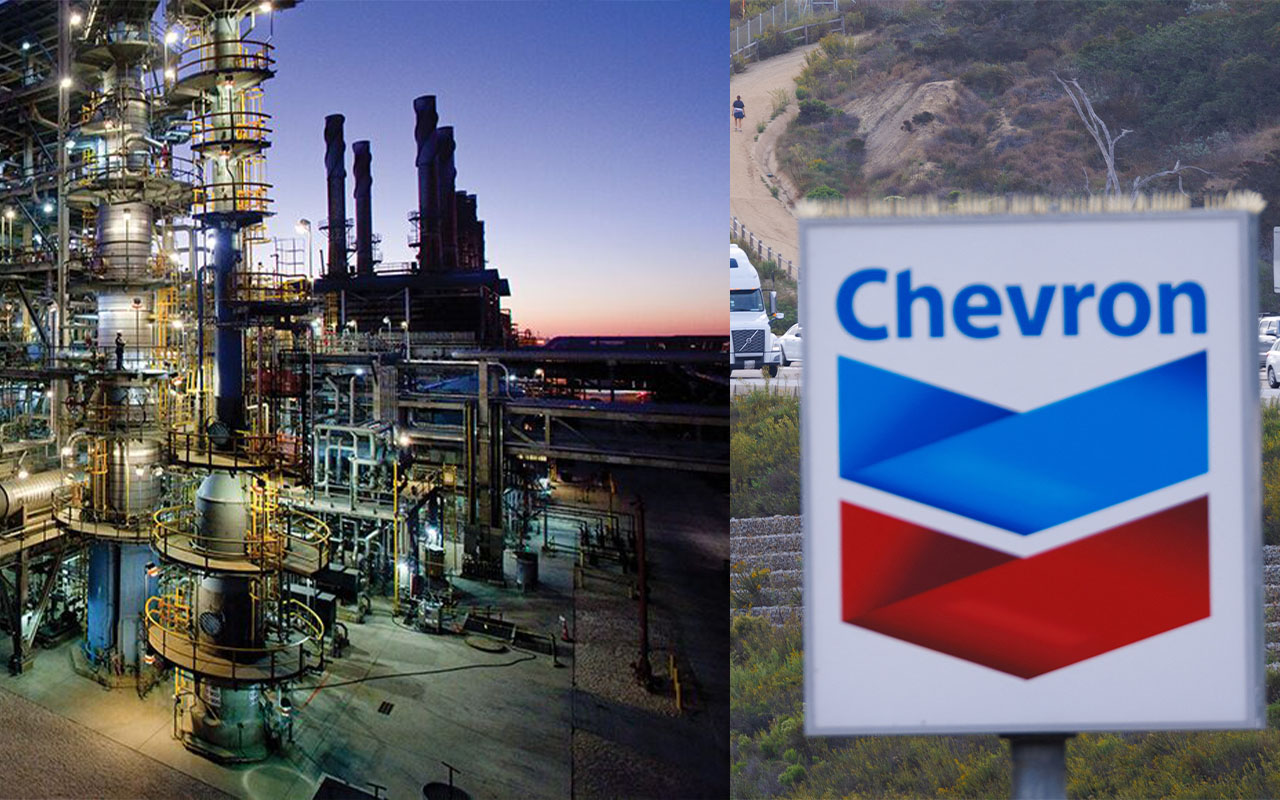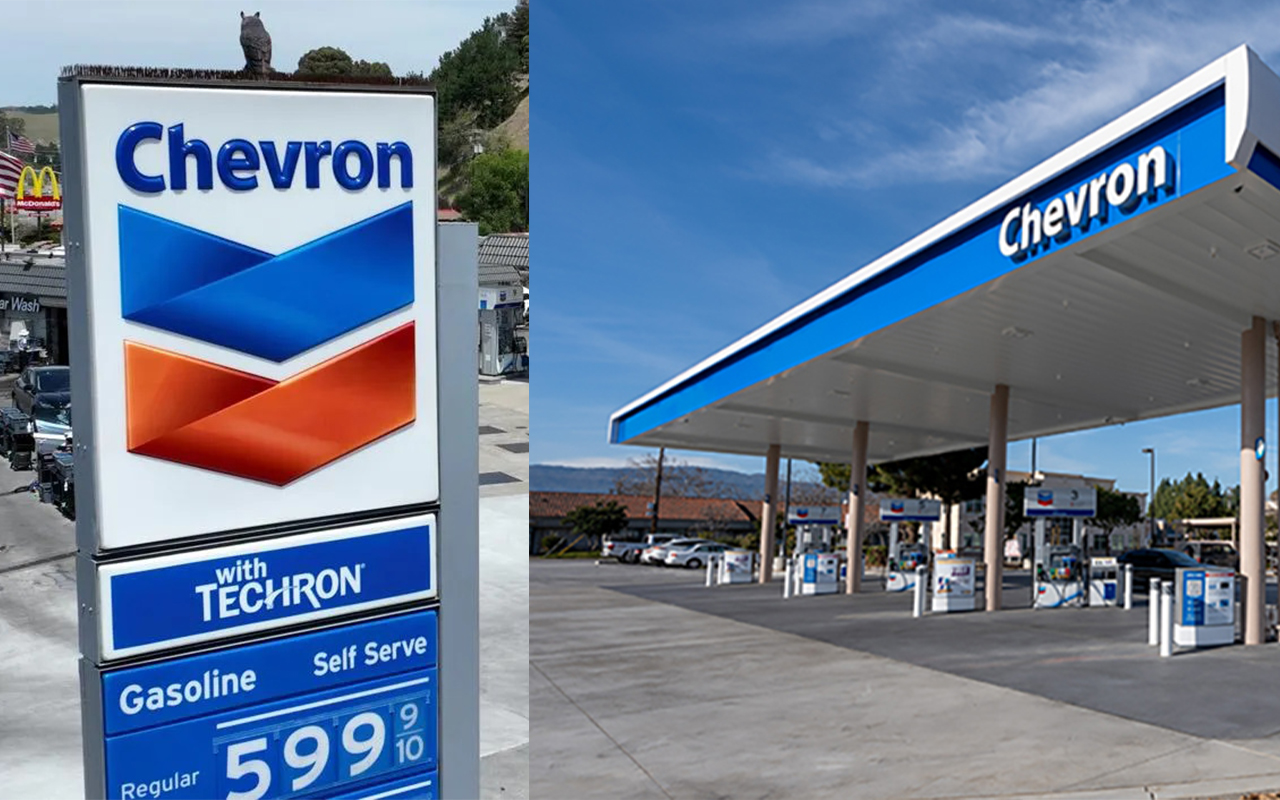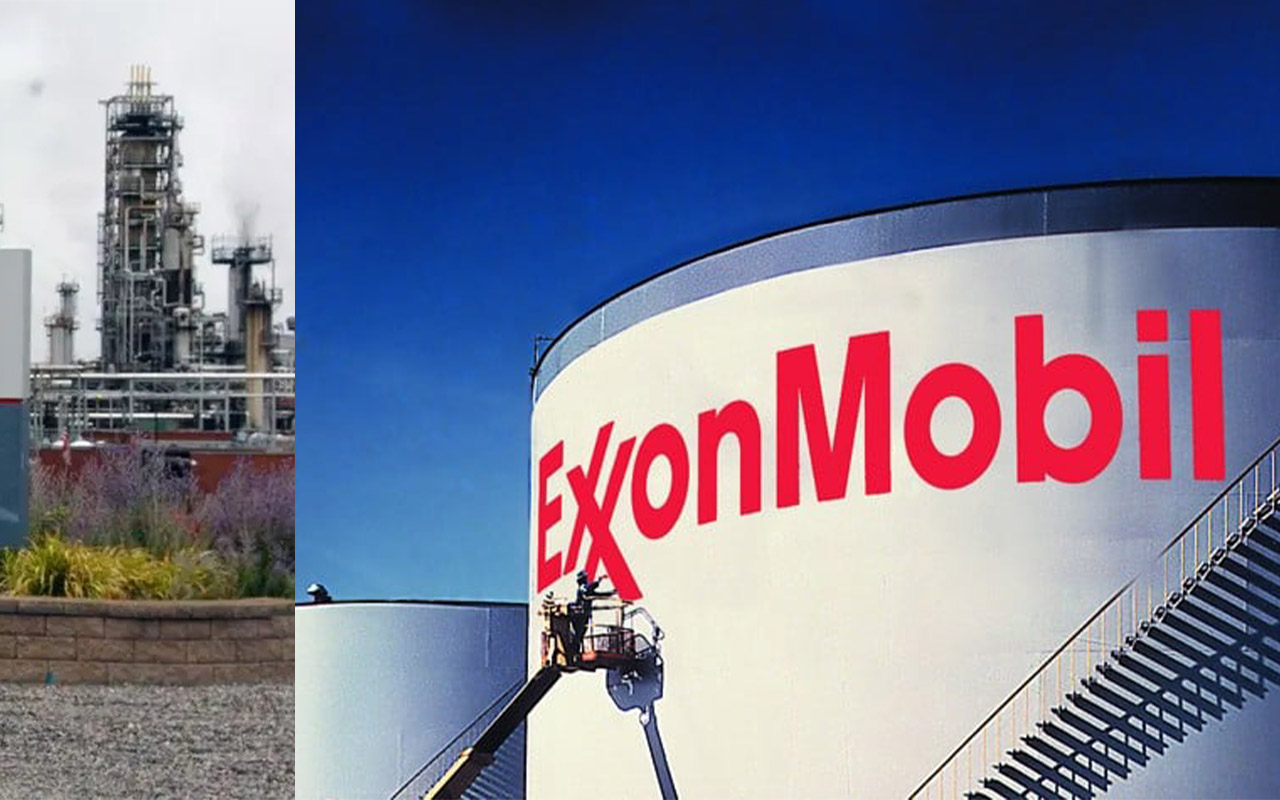On Friday, Exxon Mobil (XOM) and Chevron (CVX) reported declines in first-quarter earnings and revenue, attributed to lower refining margins and natural gas prices impacting the energy behemoths. Meanwhile, the ongoing rivalry between the two U.S. supermajors intensifies over Chevron’s bid to enter oil-rich Guyana.
Exxon Mobil’s Q1 EPS stood at $2.06, marking a 27% decrease compared to Q1 2023, while revenue saw a 4% drop to $83.08 billion. Analysts had forecasted earnings of $2.19 per share and sales totaling $79.69 billion.
Similarly, Chevron disclosed a 17% decline in first-quarter earnings to $2.93 per share, with revenue down 4% to $48.72 billion. Wall Street had anticipated EPS of $2.92 and sales of $48.42 billion.
During Monday’s market activity, Exxon Mobil stock rose by 1.3% to $119.50, while Chevron stock marginally increased to $165.97. In the previous week, XOM witnessed a 1.6% decline, whereas CVX experienced a 3.7% gain.
Amidst the profit downturns, both companies attributed weaker refining margins and declining natural gas prices compared to last year’s peaks. Notably, throughout 2023, both Exxon Mobil and Chevron reported profit and revenue declines amidst weakened oil and natural gas prices compared to the previous year, fueled by Russia’s invasion of Ukraine.

However, Exxon highlighted a partial offset from volume growth in Guyana, where its quarterly gross production reached 600,000 barrels of oil-equivalent per day. The company’s global production for Q1 was 3.78 million BOE per day, a marginal decrease from the previous quarter and over 1% lower than Q1 2023.
Exxon Mobil’s Chief Financial Officer, Kathryn Mikells, underscored the importance of sustained production growth in Guyana and the Permian Basin for its upstream operations. Mikells noted that 44% of Exxon’s upstream production volumes in the current year originate from Guyana and the Permian, which are significant drivers of earnings growth.
Furthermore, Exxon revealed its impending $60 billion acquisition deal with Pioneer Natural Resources (PXD), expected to be finalized in the second quarter.
Chevron, on the other hand, reported a 12% surge in worldwide production compared to Q1 2023, totaling 3.346 million BOE per day. Nevertheless, production saw a marginal decline compared to Q4 2023.

This notable production increase included a 35% uptick in Chevron’s U.S. oil-equivalent production, attributed to its acquisition of PDC Energy.
Looking ahead, both Exxon Mobil and Chevron forecasted nearly stagnant oil production for 2024 compared to 2023 levels. However, Chevron anticipated a 4%-7% production increase relative to its 2023 production of 3.12 million BOE per day.
Regarding the escalating tension surrounding Guyana, Chevron’s agreement to acquire Hess for $53 billion toward the end of 2023 placed it in direct competition with Exxon. Exxon Mobil, possessing a 45% stake in Guyana’s Stabroek block, asserts its right of first refusal to acquire Hess’ stake, leading to ongoing arbitration between the companies.
Exxon Mobil CEO, Darren Woods, emphasized the arbitration’s significance in safeguarding shareholder value, while Chevron’s CEO, Mike Wirth, expressed confidence in Chevron’s position regarding the right of first refusal.
Despite the geopolitical uncertainties and fluctuating oil prices, Exxon Mobil and Chevron remain prominent players in the global energy landscape, positioning fossil fuels, including crude oil, as crucial components of the energy mix for the foreseeable future.







Leave a Reply